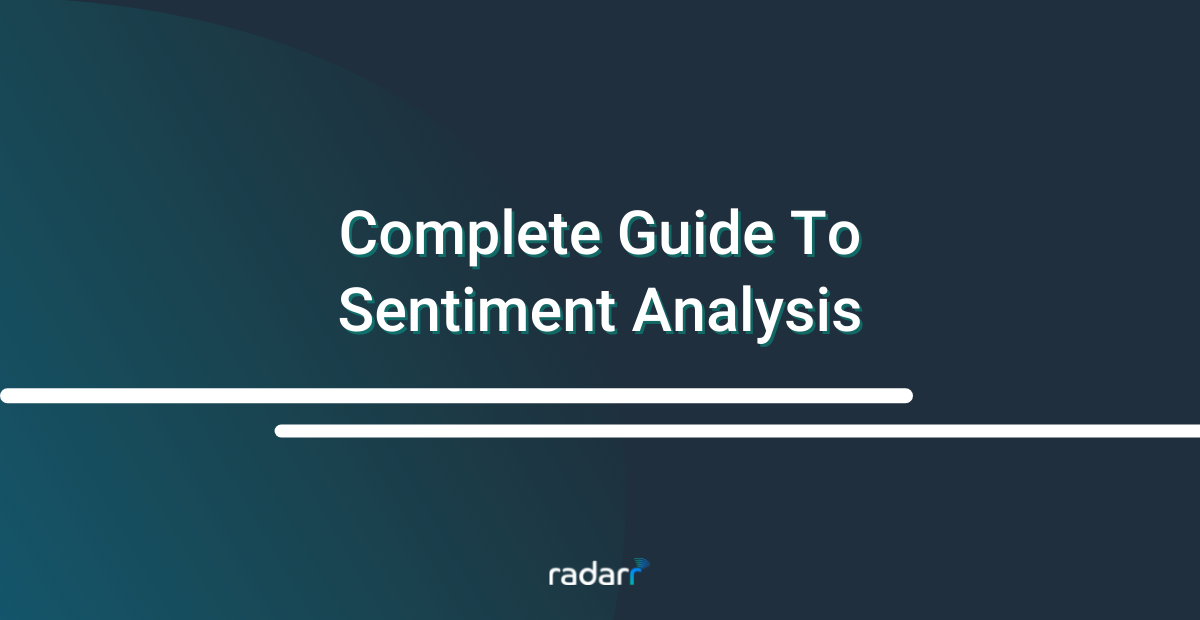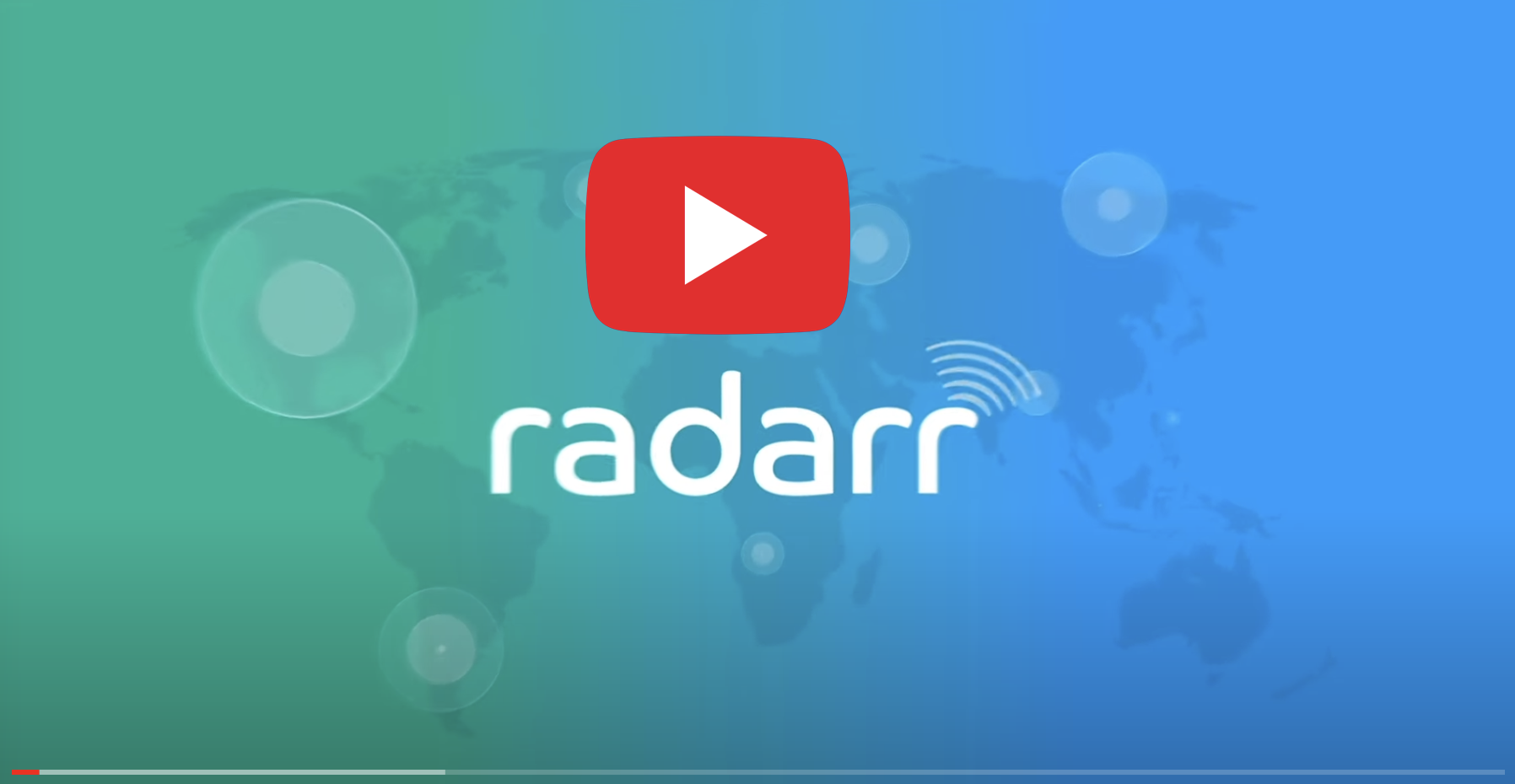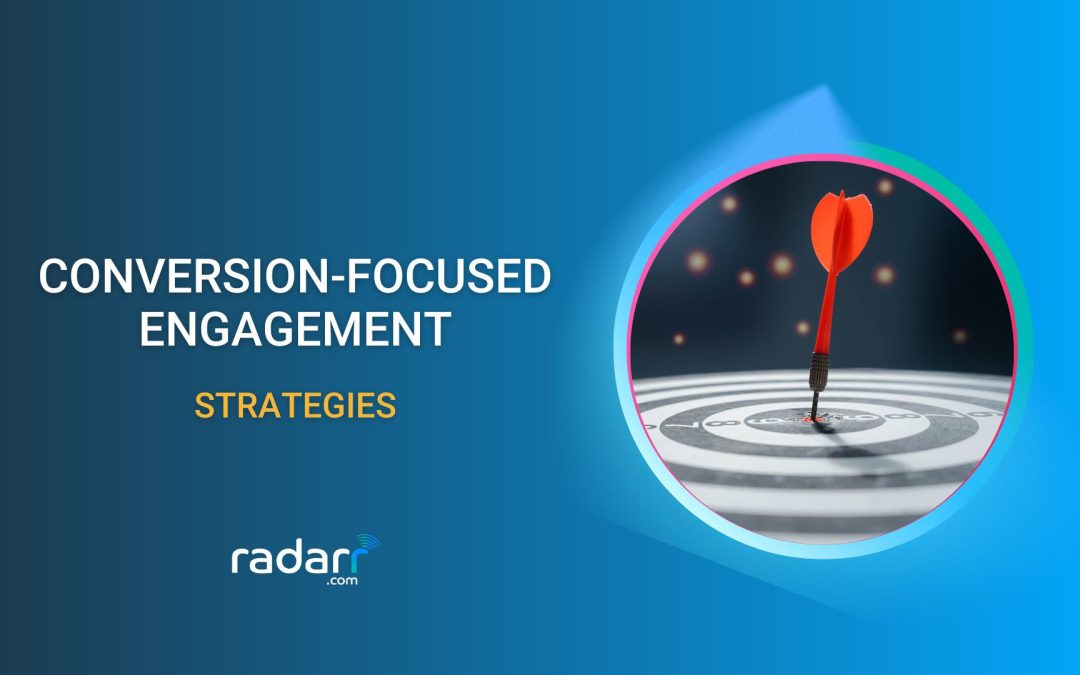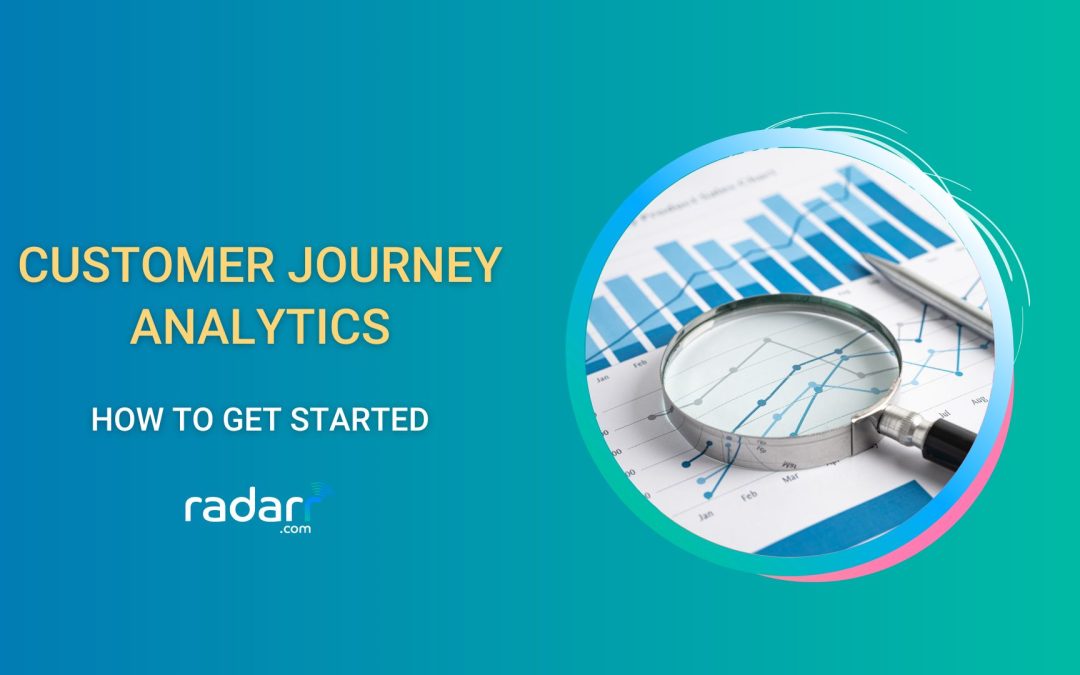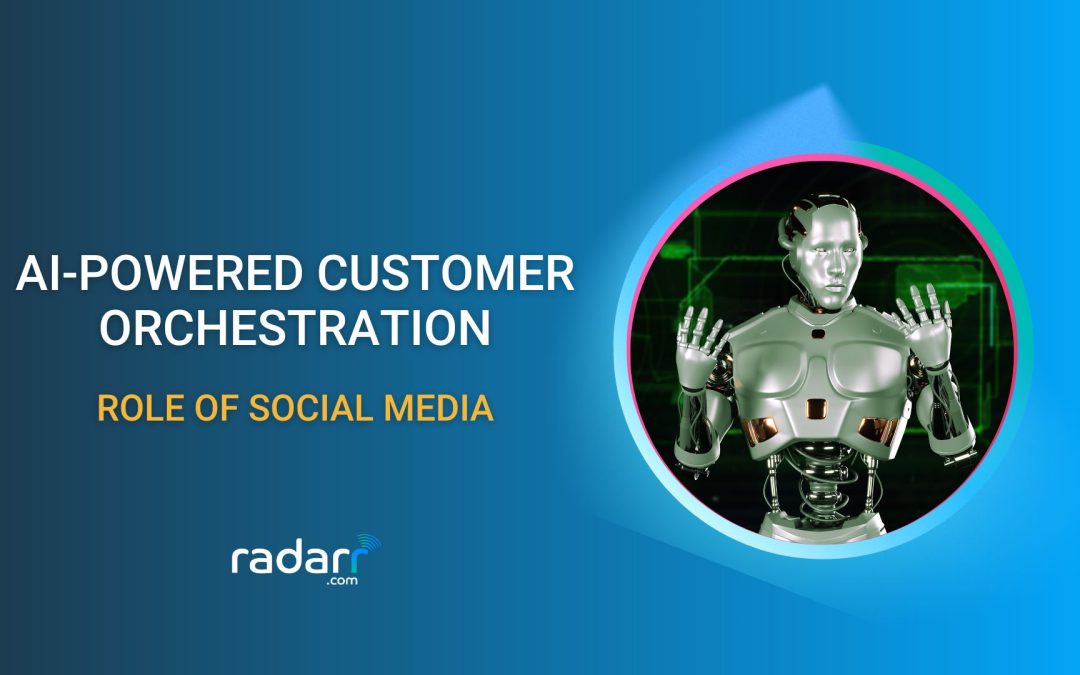If a customer doesn’t like your product or service, there’s a high chance that they might take their frustrations to social media or discussion forums. On the contrary, the customers also share their positive experiences from the brand on the internet. The mix of customers’ emotions (positive, negative, or neutral) towards your brand is called sentiment.
Sentiment analysis is an important metric that analyzes the online brand mentions and gives you insights into how your potential customers perceive your brand. However, to apply it correctly, you have to understand what sentiment analysis is, its benefits, and how it works.
In this blog post, we’ll talk about all that. Plus, we’ll focus on how some brands are using this metric for success.
What is sentiment analysis?
Sentiment analysis, also known as opinion mining, is the process that uses natural language processing (NLP) and machine learning (ML) techniques to analyze the online written pieces and determine the emotional intent behind them.
In simpler words, it involves understanding customers’ attitudes towards a particular topic, brand, product, or service—positive, negative, or neutral.
For example:
- “I really like your new website design.”—Positive
- “I’m not sure if I like the new design of your website.”—Neutral
- “I don’t like the design of your new website.”—Negative
Since customers give their feedback more openly than ever before, sentiment analysis is becoming a powerful tool for monitoring and understanding their opinions and social media conversations. This way, brands learn what makes customers happy or angry so that they can tailor their products and services according to customers’ needs.

There are four types of sentiment analysis:
- Fine-grained: Analyzing reviews and ratings and classifying them into positive, negative, and neutral.
- Aspect-based: Identifying the opinions on a specific aspect of a product or service. For example, TripAdvisor uses this approach to identify the sentiment behind the customer feedback and the service itself.
- Intent-based: Identifies the intention of the customer—whether they want to purchase something or just browse.
- Emotion-based: Identifies the emotion of a customer behind the mention. This can include sadness, anger, happiness, satisfaction, frustration, etc.
How is sentiment analysis used by brands?
Let’s have a look at some of the popular applications of sentiment analysis.
Brand monitoring
Customers talk about your brands, products, and services on the internet and share their recommendations. Blog posts, social media platforms, product reviews, news articles, and discussion forums are excellent sources of business information. These are filled with customers’ opinions and comments that can help assess your brand health if analyzed.
In your social media monitoring dashboard, check the ratio of positive and negative brand mentions within the conversations. Also, learn what your customers find useful and complain about the most.
Preventing reputation crisis
Reputation disasters happen to every brand at some point. And, it’s nearly impossible to predict when your business might fall prey to a reputation crisis. But, when the brand gets the crisis response wrong, it can go viral for all the wrong reasons. Hence, analyzing online sentiments can be your best bet to avoid these crises.
Sentiment analysis is your secret weapon when it comes to managing brand reputation crises. It helps you identify the spikes in negative mentions so you can spot a reputation crisis early and act quickly, leaving lesser chances of spreading it online.
Measuring campaign effectiveness
Like with brand monitoring, you can track the mentions of your marketing campaigns and identify how users perceive your message by measuring the overall sentiment of their comments, shares, likes, and posts.
This is especially useful if you’re launching a new product or service. For example, if you’ve launched a new product and noticed a sudden spike in your customers’ sentiments, it can be something related to your new product or how you marketed it.
So, track your marketing campaigns as they launch to find out your customers’ sentiments. This way, you can learn what’s resonating and what’s not with their needs and preferences and tailor your future campaigns accordingly.
Performing competitor analysis
Don’t only analyze your own sentiments. To take your brand’s online presence to the next level, keep an eye on your competitors too.
Analyzing your competitors will help you know what aspects of their products receive a large number of positive or negative reactions. Plus, you’ll be able to see what’s working for them and what’s not, so you can repeat their successes and avoid their failures.
Competitor sentiment analysis can also serve as a benchmark when you analyze your customers’ sentiments behind your brand. For example, if 40% of your mentions are positive, 35% are negative, and the rest are neutral, competitor analysis can help determine whether it’s a good thing or something that needs improvement.
For example, Apple uses sentiment analysis to analyze the competitors and their actions based on specific aspects, such as brand value proposition, the introduction of new features, addressing different issues, and so on.
This information allows Apple to determine how to differentiate and strengthen its brand in the market. Hence, no doubt why Apple is a trillion-dollar company today.
Improving customer experience
Finding out what your customers feel about your brand, products, and services is essential for your business. This is where sentiment analysis comes in. It helps you monitor and understand customers’ opinions and feedback about your products and campaigns the moment they’re launched.
Further, it helps you identify positive mentions conveying what they liked about your product and negative mentions showing bad reviews and problems customers are facing. If you catch these negative comments early, chances are you can act on relevant suggestions quickly for this specific customer and improve the experience for others too.
How does sentiment analysis work?
Now that you’re aware of what sentiment analysis is and how it is used by brands, let’s get into the mechanics of how it works.
Sentiment analysis is a form of data science. Or, more specifically, it uses natural processing language (NLP) to identify and classify the pieces of text as positive, negative, or neutral. There are three main approaches to sentiment analysis: supervised machine learning, rule-based system, or a combination of both.
Let’s check these out.

Supervised machine learning (SML)
As the name suggests, this model doesn’t rely on manually created rules but on machine learning techniques. In this case, you have to build labeled datasets (similar to the data you’d like to analyze) to help the machine learn how to classify text based on different emotional tones.
Since the sentiments of the given dataset are already determined by the human evaluators, the system uses sentiment analysis from the training set to label the new test set. After providing enough relevant data, feed the machine new, unlabeled data to see if it marks it correctly. If not, keep adding more data to increase the analysis’s accuracy further.
Supervised machine learning model consists of the following classification algorithms:
- Naive Bayes
- Linear regression
- Support vector machines
- Deep learning
The advantage of this approach is that it creates models trained for many different contexts and purposes. For example, the word “apple” refers to fruit and also to one of the leading mobile companies in the world. A machine learning algorithm can be trained to identify what Apple means when the word is used in the sentence. It can then apply this experience to analyze similar cases.
Rule-based techniques
Unlike supervised machine learning, the rule-based system uses a set of manually crafted rules to identify the text sentiments. These rules may include various NLP techniques, such as stemming, tokenization, parsing, part of speech tagging, and lexicons (i.e., dictionaries of pre-labeled words and expressions).
Check out the following example:
| WORD | SENTIMENT |
| Great | 0.8 |
| Good | 0.5 |
| Bad | -0.5 |
| Terrible | -1 |
Here’s how the rule-based system works:
- Determine the polarity of a text by using sentiment analysis tools to break it down into individual components, i.e., words and phrases. Then, assign each component a score using lexicons.
- Generally, positive words such as good, great, helpful, and useful are assigned a positive score (above 0), whereas words and phrases like terrible, bad, and disappointing would get scored negatively (below 0). Plus, neutral words and phrases are assigned a score of zero.
- Next, add up the score for every word and divide the result by the number of words in the text. For example:
The ambiance was good, but the food was bad.
In this case, the score would be: (0.5 + (-0.5)) / 2 = -0 / 2 = 0
Hence, this text will be labeled as neutral by the system.
You can also count the number of positive and negative words mentioned in the given text. If the number of positive words is more than the number of negative words, it indicates a positive sentiment and vice versa. Also, if both the numbers are equal, it means a neutral sentiment.
In a nutshell, the rule-based technique is much easier to deploy than machine learning. However, it can take a lot of time and effort to maintain. You have to keep adding new rules, which might also affect the previous results.
Hybrid approach
Hybrid systems combine the elements of machine learning and rule-based approach into one system to improve the accuracy of sentiment analysis.
Data scientists often use these techniques alongside each other. A rule-based model will try to classify the sentiment of the text. If the sentiment is not easily identified (when no or very few words from the sentence are available in the lexicon), a machine learning system will be used to gain better insights.
Is sentiment analysis really accurate?
As sentiments are often subjective, it’s hard to expect a sentiment analysis tool to be 100% accurate. In fact, research shows that the sentiment analysis accuracy of a human brain is between 60% and 65% only.
So, what are the major challenges that affect the accuracy of a sentiment analysis model? Let’s discuss.
Irony and sarcasm
In many cases, people often use negative words to express positive sentiments. This can be difficult for the machines to detect without knowing the context of the situation.
Consider these two situations:
- The order is only 30 minutes late again. What a great start to the day!
- The order is only 5 minutes late again today. What a great start to the day!
Obviously, a 30-minute late order won’t make someone’s day better. But, this can be tricky for machines to understand.
Negations
Negations are a means of reversing the meaning of a word, phrase, or sentence. For example, “I wouldn’t say the hotel stay was particularly good.” For accurate sentiment analysis, it is crucial to identify the negation and detect which word or phrase is affected by it.
Multipolarity
Often, a sentence will express different emotions at once—it might speak positively to one topic or object but negatively to another. For example, “Dominos is much better than Pizza Hut.” This sentence says positively about Dominos and negatively about Pizza hut.
A sentiment analysis system will consider the sentiment to be positive, considering the “much better” phrase. However, if you’re analyzing Pizza Hut’s mentions, you might disagree.
Hence, you’ll need more sophisticated programming to score this sentence accurately.
Sentiments to pay attention
Sentiments can be classified into three main categories:
Negative sentiments brands need to watch out for
Negative sentiments include brand mentions that have negative words/sentences attached to them. Many people believe that the presence of negative sentiments means that the campaign, product, or service is a failure.
However, that’s not always the case. Such sentiments can also indicate opportunities for business. For example, they could mean that something is off and you need to find a solution to fix it.
Examples include:
- Sadness: This happens when a customer is not satisfied with the purchase or if you haven’t replied to their request. For example, “Your response time is really slow. I’ve been waiting over two weeks.”
- Anger: When a customer talks about how bad your product or service is. For example, “Your support team is useless.”
- Comparison: When a customer compares your product or service with that of the competitor’s. For example, Dell’s laptop is better than HP’s laptop.
Positive sentiments brands need to monitor
Positive sentiments include brand mentions that have positive words/sentences attached to them. Customers have positive feelings about your brand and want to recommend your products or services to their loved ones. The more positive brand mentions, the better your brand is perceived in the customers’ eyes.
Examples include:
- Happy: When a customer loves your product or service and shares their experience with their friends, saying how amazing it was. For example, “Great service at an affordable price. We’ll definitely try this again.”
- Extremely satisfied: When a customer recommends your product or service to their friends and family. Such customers are more likely to become your brand advocates. For example, “I really like how easy this product is to use and how it successfully helps manage my team—clearly, one of the best team management tools I’ve used.”
Neutral sentiments brands can work on to turn these people into positives
Neutral sentiment is neither positive nor negative. This means that such brand mentions don’t contain any words/phrases that can be classified as positive or negative. Instead, they just state some facts.
Such sentiments offer an excellent opportunity for brands to reach out to customers and ask them for detailed feedback and how their experience was.
Examples include:
- No comments: When a customer seems satisfied with your product or service but doesn’t express their feelings clearly. In simpler words, it happens when the customer writes neither good nor bad about your brand. For example, “Good job, but I expect a lot more in the future.” Or, “The movie was incredibly unpredictable.”
How KFC used sentiment analysis?
For a while, Kentucky Fried Chicken (KFC) started losing out to its competitors. The brand decided to leverage the power of sentiment analysis by including memes and pop culture iconography to increase engagement and instill the brand’s value proposition.
After trying out a few things, it began analyzing its campaigns and social media posts by:
- Monitoring performance using aspect-based sentiment analysis, which helped in highlighting the specific aspects of the campaign, product, or service.
- Topic mining to generate new ideas.
As a result, KFC boosted its presence in the online media landscape, leading to increased growth, reach, and market share.
Do you really need sentiment analysis?
Today’s generation has a cancel culture—when they like a product, service, or campaign, they spread positive word of mouth on different platforms. But, when they don’t like something, they go all the way to take it down. For example, Tanishq has withdrawn its “Ekatvam campaign” from all media platforms as it generated a lot of negative sentiment around it. And that’s not the only brand to face audience sentiments – from McDonald’s to Pepsi and many others, brands have seen the power sentiments have on their campaign performance over the years.
In times when customers come first, and they give their feedback more openly than ever before, creating products and campaigns that appeal to your audience and make you stand out among others is crucial.
This is where sentiment analysis comes into play.
Sentiment analysis is an incredibly valuable metric for businesses as it provides real-time feedback from your customers. Plus, it enables you to uncover your audience’s emotions about your brand, which can make your product, service, or campaigns more effective.
Hence, no matter what stage your business is at, sentiment analysis should be an essential strategy to take your brand’s online presence to another level.
Ready to leverage the opportunities that sentiment analysis brings to your business?
Book a Radarr demo today.

